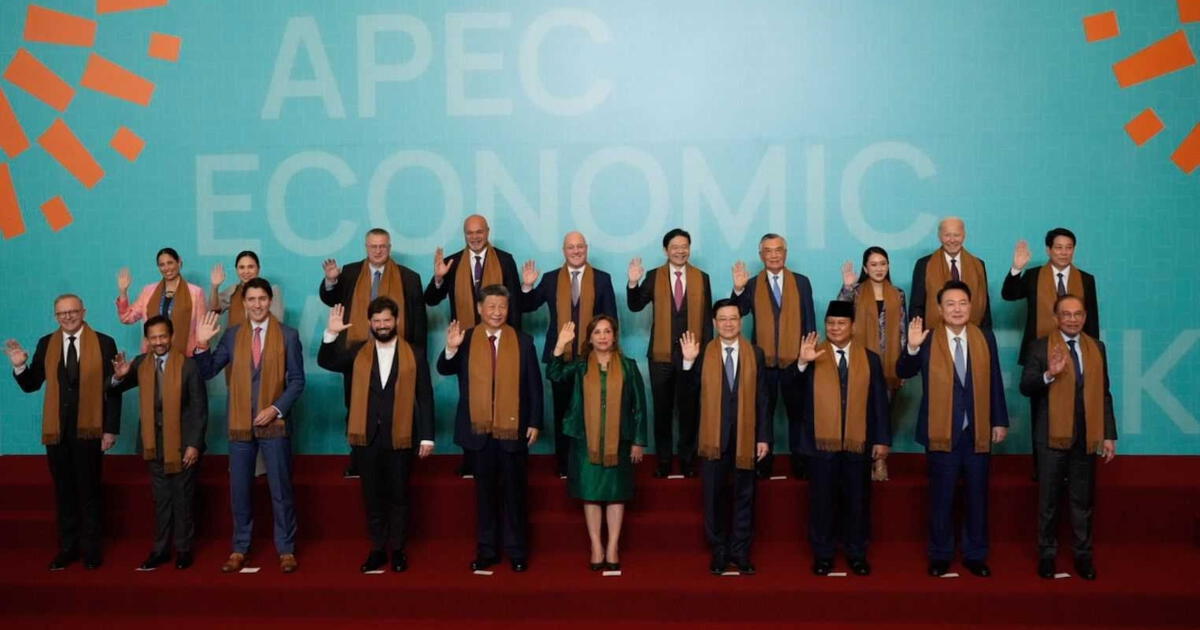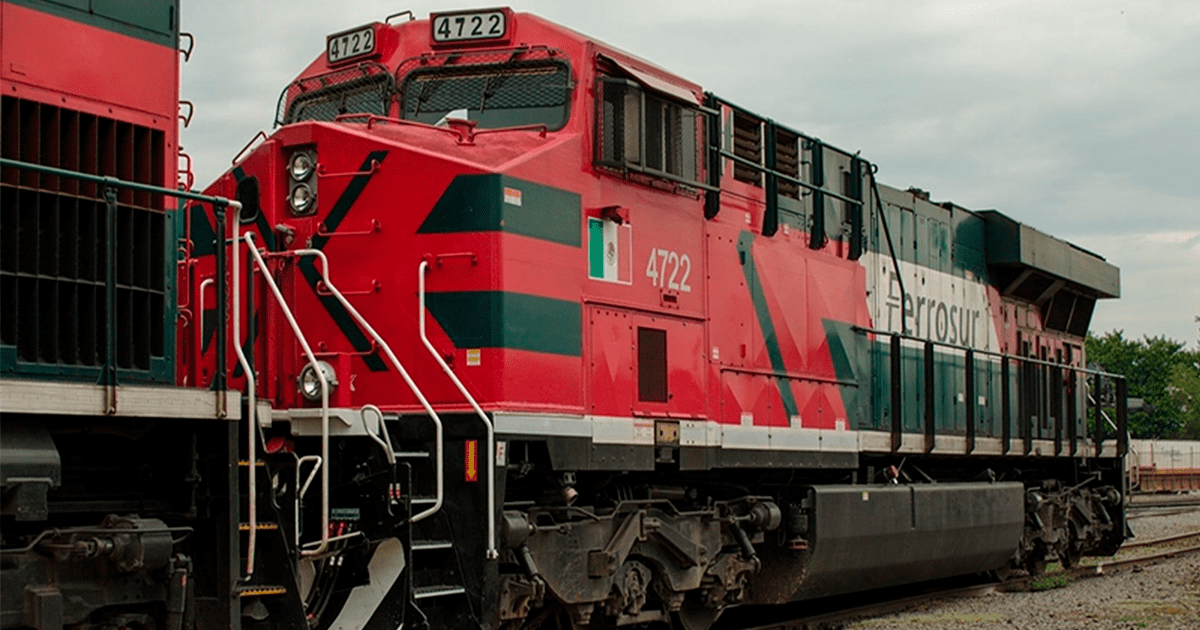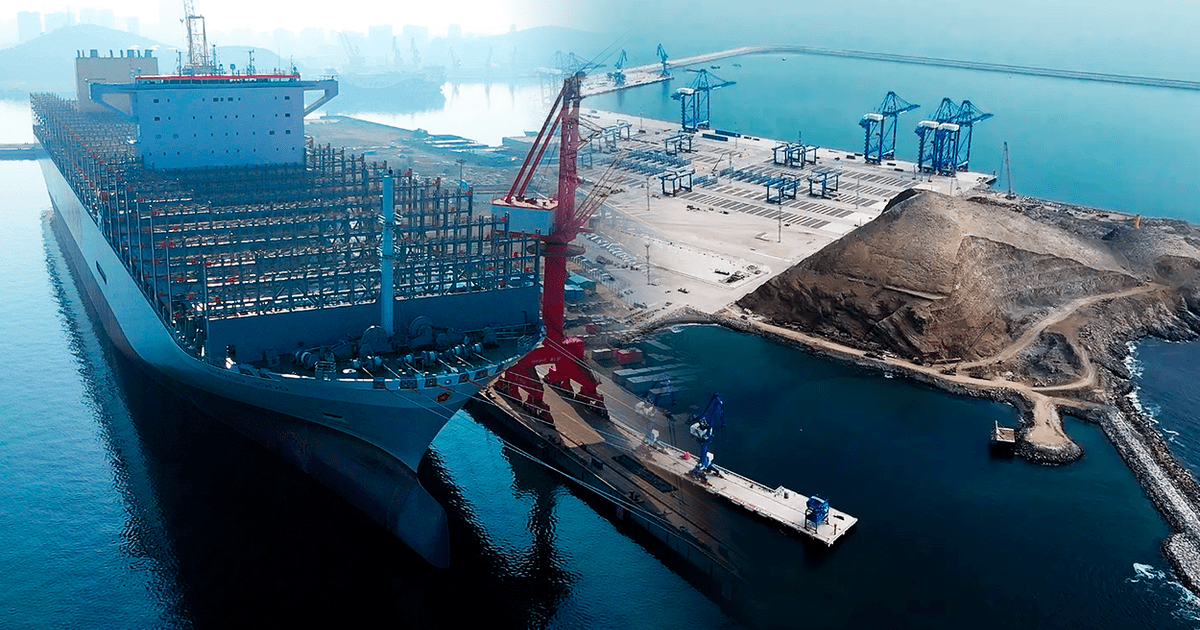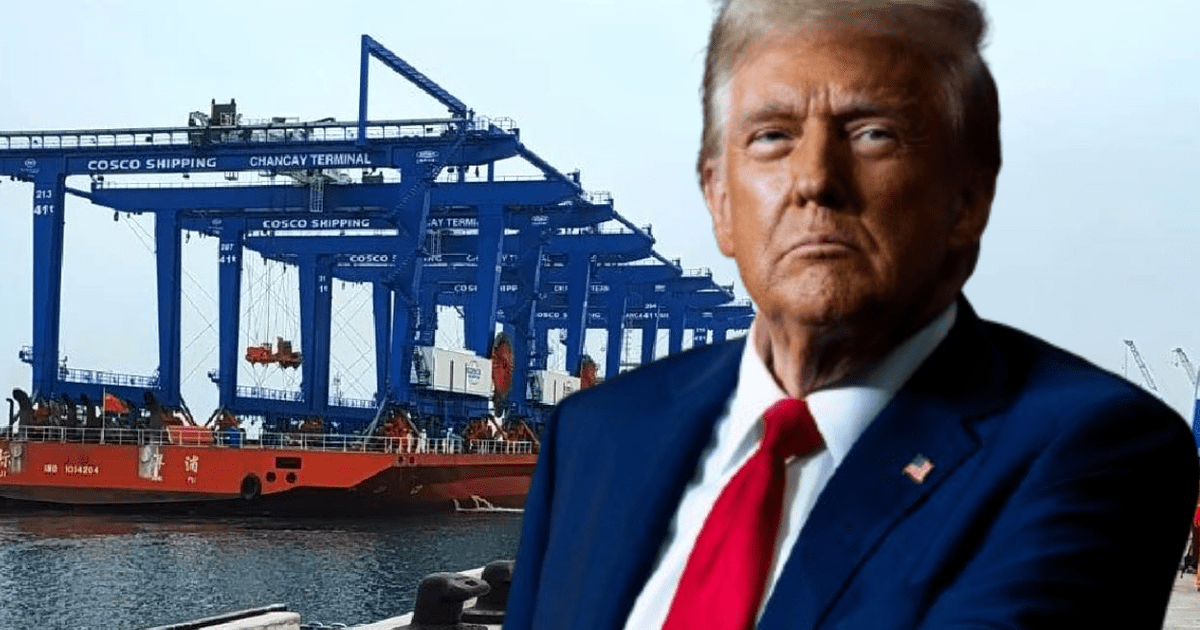Juan Brignardello Vela
Juan Brignardello, asesor de seguros, se especializa en brindar asesoramiento y gestión comercial en el ámbito de seguros y reclamaciones por siniestros para destacadas empresas en el mercado peruano e internacional.



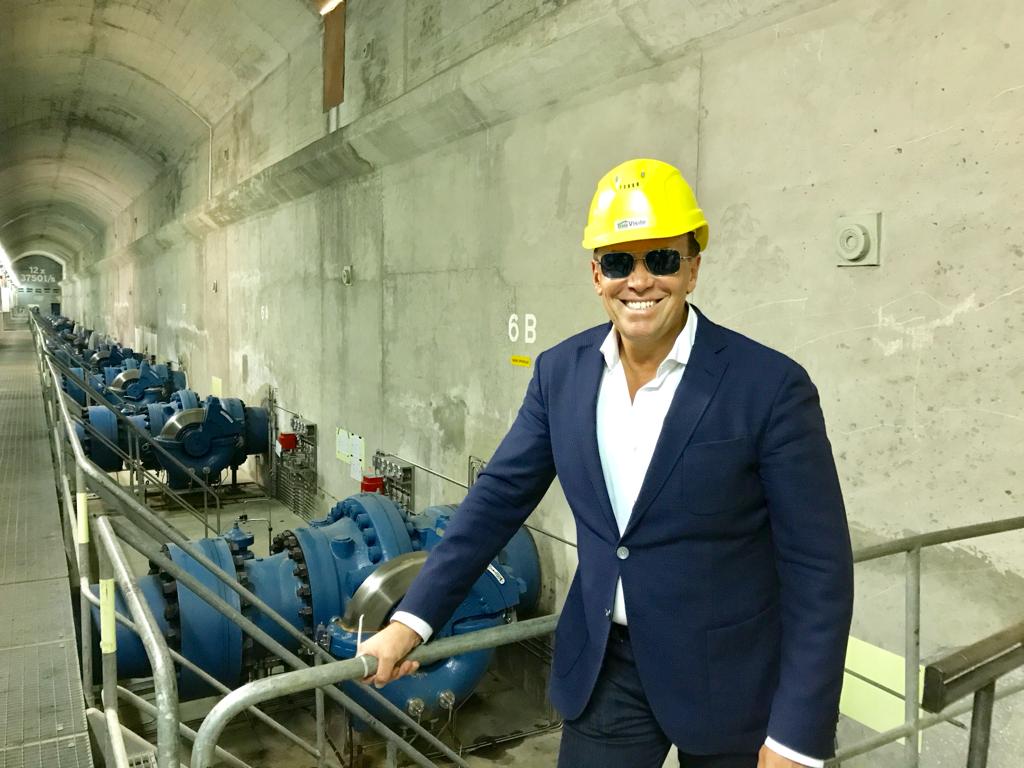
The water situation in the Lambayeque region is becoming an issue of increasing concern, with economic repercussions that could reach S/ 250 million. The alert was raised by Ramón Ríos Asenjo, president of the Chancay-Lambayeque Users Board, who highlighted that the lack of water could jeopardize approximately twenty-five thousand hectares of crops. This alarming reality affects a thousand producers who depend on water resources to carry out their agricultural activities. The last irrigation that the crops received took place at the end of October, and farmers are awaiting a new water release scheduled for the end of November. However, this need is complicated by the prioritization of water resources for the population's supply, as established by the Olmos Tinajones Special Project (PEOT). "It is understandable that water is prioritized for human consumption, but crops also require urgent attention," pointed out Ríos Asenjo. The situation is exacerbated because, under normal conditions, crops should receive irrigation every 30 to 40 days. With the current scarcity, this process is being compromised, which could lead to the loss of thousands of agricultural products. Ríos Asenjo emphasized that the only hope for farmers lies in the possibility of rain in the highlands in the coming days, which would be essential to save the crop areas. Among the most vulnerable crops are garlic, sugarcane, and fruit trees, which require constant attention throughout the year. If adequate precipitation does not occur, the rice and sugar campaigns, which are crucial for the region's economy, would also be at risk. "The rice campaign is one of the strongest in the Chancay-Lambayeque Valley, and its start is scheduled for December, but if it doesn't rain, it won't be possible," warned Ríos Asenjo. The economic impact of this water crisis is not limited to production; it could also have consequences on the prices of agricultural products in the market. According to the agricultural leader, if the sugar and rice harvests do not take place, prices are likely to soar in the coming months. "Business owners sometimes simulate a fictitious shortage to raise prices, and consumers must be alert to this situation," he added. The current situation is critical. On October 24, the PEOT suspended the water supply due to a lack of rainfall and low storage levels in the Tinajones reservoir, which currently holds only 39 million cubic meters. Humberto Nieto Idrogo, head of Operations of the PEOT's Operations and Maintenance Management, explained that weekly assessments of hydrological conditions are being conducted with the hope of resuming water supply and ensuring the start of the 2024-2025 rice campaign. The most immediate consequence of the water shortage will be the decision not to plant more than a thousand hectares of rice in the areas of Chongoyape and La Ramada. This fact not only affects the producers directly involved but also has a significant impact on the supply chain and the local economy. The agricultural community of Lambayeque finds itself at a crossroads. The lack of water not only threatens their livelihoods but also endangers the food security of the region and potentially the country. While authorities evaluate solutions to this problem, farmers continue to wait for the arrival of rains that could change the course of their crops and their economy. This context highlights the need for a sustainable and strategic approach to water management. Coordination among responsible authorities, farmers, and the community at large is crucial to addressing this crisis and ensuring a more resilient future against the effects of climate change and climate variability. The situation demands immediate action, not only to face the current scarcity but also to anticipate and mitigate the effects of future droughts.




